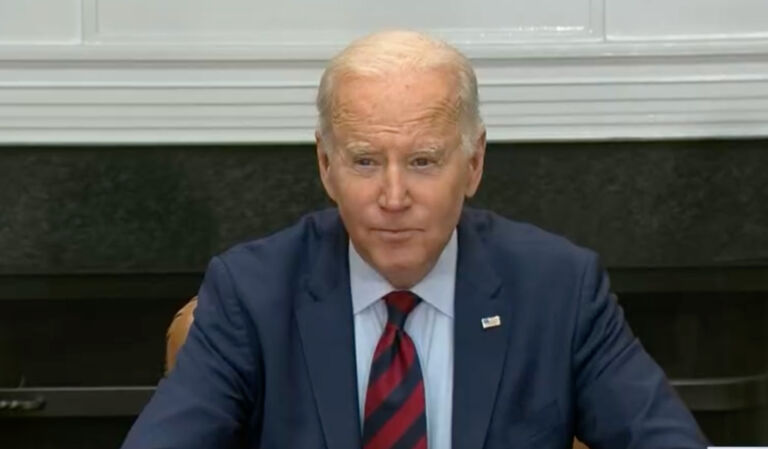Editors at Issues and Insights contemplate the impact of President Biden’s college debt amnesty.
In case you haven’t heard, the price tag for President Joe Biden’s student loan bailout is likely to total $1 trillion over the next decade. This is on top of the massive amounts of money taxpayers already fork over each year to subsidize college education. It’s time to ask whether any of this is worth it.
The $1 trillion figure comes from a study by the Wharton School of the student loan forgiveness plan Biden plans to implement. As part of the plan, he’d cancel $10,000 in student debt for millions of students, which will cost upward of $519 billion. But that’s only part of Biden’s college loan bailout plan.
The president is also extending the “emergency” pause on loan payments first enacted in March 2020 during the COVID lockdowns. It was originally supposed to last only a couple months but has been repeatedly extended. The latest plan is to keep this “temporary” suspension in place until the end of this year. That will cost $16 billion, according to Wharton.
Biden also plans to make the “income-driven repayment” program far more generous. This subsidy, started under President Bill Clinton, has been repeatedly sweetened since.
As it stands, anyone who enrolls in the IDR program can cap student loan payments at 10% of their income. Whatever’s left of the loan balance after 20 years gets wiped off the books.
Biden’s plan is to cap payments at 5% of income, nearly double the amount excluded from income calculations, and cancel any remaining debt after just 10 years. Assuming that most students will jump at this opportunity, this will cost taxpayers another $450 billion over the next decade, Wharton calculates.
Add it all up and the 10-year cost of Biden’s student loan bailout hits $1 trillion, according to Wharton.


